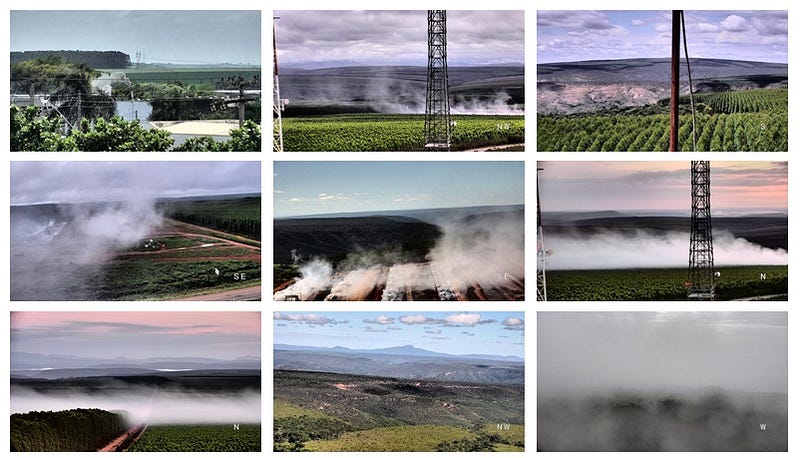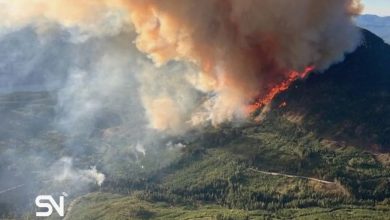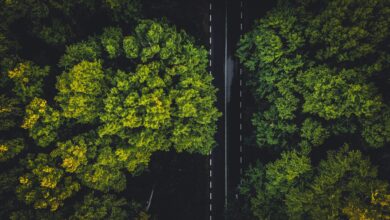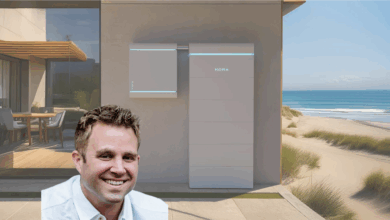
What can be done about wildfires?
The power of wildfires to destroy has been tragically apparent around the globe. Depending on terrain and conditions, they can double in size every 10 minutes. And every minute that a fire burns makes it harder to contain. Detecting wildfires with artificial intelligence is now a possibility and we’re going to look at how it can help with early detection.
With early detection and a quick response, a fire may be quickly extinguished. In contrast, a fire left unchecked can wipe out huge amounts of forest, killing and destroying as it rapidly spreads.
How do you detect wildfires with Artificial Intelligence?
It’s the job of Sintecsys, a commercial agriculture technology company in Brazil, to monitor 8.7 million acres of forest and agricultural land across four biomes, including the Amazon forest.
Detecting wildfires with artificial intelligence required their system to work around the clock to process images from 360-degree cameras mounted on towers distributed throughout that land.
If there appears to be flames or smoke, the system alerts the staff.
As a result, in the last 3 years, they’ve dramatically reduced fire detection time from an average of 40 minutes to under 5.

Osmar Bambini, Head of Innovation at Sintecsys, knew that artificial intelligence could be used to reduce that detection time further. In addition, AI held promise in separating genuine cause for alarm from false alarms.
In order to avoid missing any actual fires, the system triggered a high rate of “false positives”.
Therefore the staff needed to validate each fire alert, before calling in firefighters.
This extra processing delayed the response to real fires by valuable minutes.
How can a company apply AI without a large in-house team?
Bambini brought on Omdena.
Omdena is a global platform where AI experts and data scientists from diverse backgrounds collaborate to build AI-based solutions to real-world problems.
You can learn more here about Omdena’s innovative approach to building AI solutions through global collaboration.
For this eight-week machine learning project, Omdena pulled together a diverse team of 47 data scientists from 22 countries to join Sintecsys’ small internal AI group.
Notably, a data scientist in Brazil, Leonardo Sanchez, was eager to join the Omdena challenge. It gave him the opportunity to address a problem of significance for his country and the world.
You can read about his perspective, and the image processing approaches behind the Omdena solution, in his article “How to Stop Wildfires with Artificial Intelligence”.
Yash Mahesh Bangera and Ashish Gupta had their own reasons for becoming Omdena collaborators. Specifically, they have a dream of working with organizations that undertake initiatives for social good.
Joining this Omdena challenge allowed them to do just that. Moreover, they deepened their own AI and machine learning skills in the process, as they explain in their article on the project.
In two months’ time, the team built a system that is accurate in identifying smoke and flames in daytime images more than 95% of the time.
Due to that accuracy, false positives are dramatically reduced.
As a result, firefighters can be called onto the scene without delay.
Bambini was thrilled with the results stating: “Outstanding! The Omdena challenge provided the Sintecsys team an intense and accurate deep dive into AI with amazing results.”
By early March, the AI system will be fully deployed.
What’s next?
Sintecsys and Omdena are exploring a second project which will tackle the detection of smoke and fire outbreak in nighttime images. In addition, we’ll pull in satellite imagery to get a more complete view of what’s happening on the ground.
Bambini has big plans for making the system even smarter with follow-on projects with Omdena.
Bambini said: “We’ll use AI to identify areas in the forest that are especially high-risk for a fire. Above all, human activity is the most significant indicator of fire risk.”
“More than 90% of fires are caused by humans, either intentionally or accidentally. The places where farmers have been clearing land and where people are settling are the highest risk spots,” says Bambini.
Bambini continued: “If we can use AI to pinpoint those areas, we’ll be able to predict where fires are most likely to happen.”
If Bambini is looking in the right place, he just might be able to detect a fire the moment it breaks out.
“Speed, accuracy, and power sum up my perception of Omdena”, says Osmar Bambini, Sintecsys Head of Innovation. “For Sintecsys, from now on Omdena is the official AI partner.”
Learn more about detecting wildfires with artificial intelligence
Keep up with our work with Sintecsys to refine their fire detection system with AI here.
This is Omdena’s second fire-related challenge. Read about our work with Swedish AI startup Spacept to prevent fires sparked by falling trees near power lines.
Want to work with us? Tell us about your project here.
The video sums up the project. You can find it on LinkedIn here.
You can read a recent application from Omdena detecting wildfires with artificial intelligence by clicking here.



